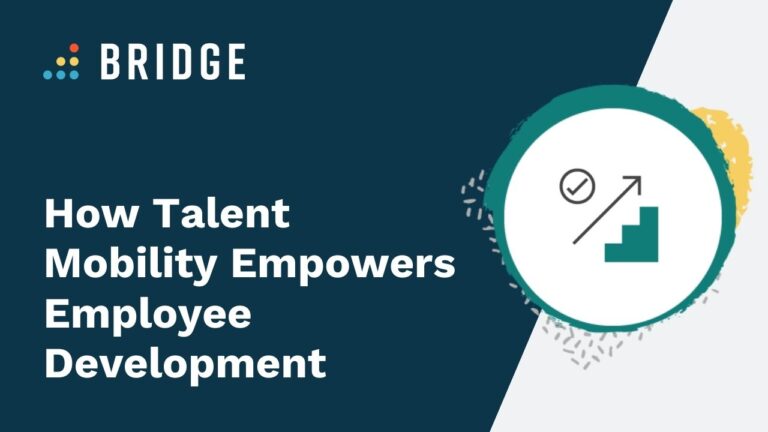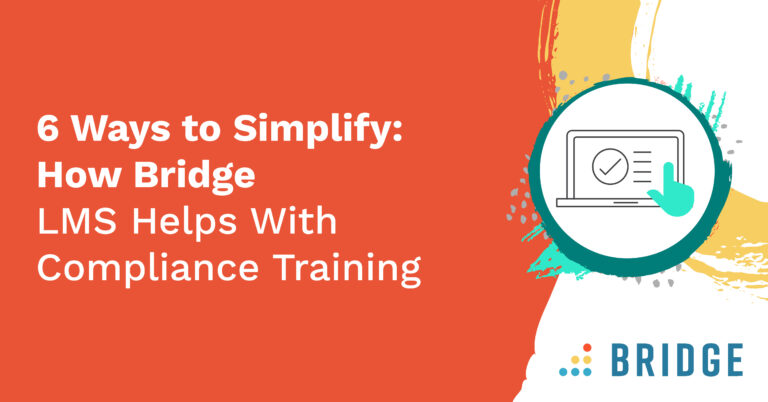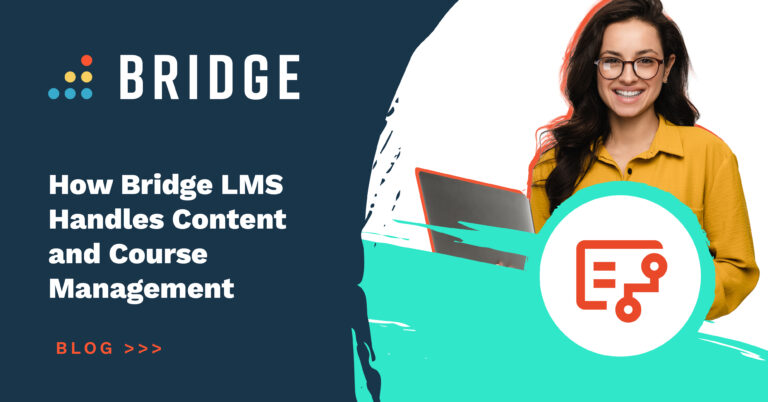Your people are your organization’s greatest strength, and creating an environment for them to grow and develop is critical for success. You need an employee-first approach that connects your people with the roles they want and helps them develop the skills they need.
As part of our ongoing commitment to embody the “people matter most” philosophy, we’re always exploring new solutions that support organizations with meaningful employee career advancement. Akash Savdharia, VP of Talent Solutions at Bridge, joined GP Strategies’ Cheryl Jackson on the Performance Matters Podcast to discuss the importance of talent mobility in engaging employees, empowering growth, and retaining talent.
Here are some of Akash’s insights about connecting employees with transparent career and skill development opportunities, why he believes a data-driven approach incorporating industry information is critical for growth, and best practices to build a talent mobility strategy.
Why Talent Mobility Matters
For organizations to engage their people and unlock their potential, they need a proactive approach that gives employees the opportunities to develop and advance. When you create visibility and build a structure that makes it easy for employees to grow and develop within your company, you give them the power to take charge of their careers and achieve their goals.
All organizations need a well-defined career architecture and a consistent way of thinking about skills. A clearly-communicated career planning strategy takes employees from relying on chance to find a career path in your company and provides them with a process they can trust. They know what opportunities are available, the roles they can move into, and how to make best use of the learning and development opportunities you have available to support their growth.
DISCOVER MORE ON THE IMPORTANCE OF SKILLS | ‘The Race to Reskill: 3 Ways Internal Mobility Can Help Close the Skills Gap’
Creating a Stronger Partnership Between Organizations and Employees
Connecting your people with the roles and skills they want communicates your investment in their development. Not only that, but you allow them to see where they are currently and give them the transparency to move into different roles that develop their skills in new ways. Sometimes, this could be roles they didn’t know existed.
A talent mobility strategy allows you to understand what employees want from their jobs and connect them with relevant development opportunities. This insight is valuable—with frictionless access to skills, career drivers, and aspirations, you can align your architecture with employees’ interests.
Looking to the future also gives you greater power to predict whether your organization has the skills needed for success and where to focus learning and development efforts to swiftly close skills gaps.
READ MORE ON MAINTAINING ORGANIZATIONAL AGILITY | ‘Licence to Skill: Why Upskilling Is Essential to Future-Proofing Your Business’
The Must-Haves for an Effective Talent Mobility Strategy
In a landscape where skills and roles change quickly, your strategy needs to evolve with your industry and work seamlessly with your other tools and processes.
A personal and employee-led approach to developing talent gives your organization the power to connect people with the information they need to make career decisions. Here are three ways to get started.
1) Personalized Technology
Transparency starts with data. It’s vital to have a tool that provides up-to-date, specific information about jobs, roles, and skills customizable to your organization’s goals and values.
To leverage this information, look for a solution that combines data from the entire employee ecosystem. With access to insights such as performance management, succession planning, and employee engagement, there’s greater scope to automate the creation of personalized internal career paths.
2) A Commitment to Learning and Development
Your organization needs a strong learning culture to help employees improve their performance and achieve their career goals. When you connect your people with relevant, engaging training and development recommendations (such as learning journeys, projects, or mentors) you help your learners develop skills that align with their aspirations.
WANT TO MAKE L&D A PRIORITY? READ THIS | ‘Learning to Adapt: How to Put Learning and Development at the Heart of Your Company’s Culture’
3) A People-First Culture
Before talent mobility software can work, your organization needs a framework that allows employees to visualize and actualize their career progression. Well-defined organizational design with consistent job architecture and skills taxonomy is crucial, but your culture also plays a part in the process.
Your organization’s role is to develop and communicate a culture that allows employees to own their careers and support their progression. Look at the policies you currently have to check that it’s easy for employees to advance or move into different roles and departments. Managers and leaders can help by encouraging regular career conversations that recognize employees’ achievements, reinforce your company’s goals and values, and give people the tools to get where they want to be.
FOR MORE INSIGHTS FROM AKASH AND CHERYL, HEAD TO THE GP STRATEGIES BLOG | ‘Employee-Led Development: The Key to Engagement’
Want to Know More?
Bridge’s platform connects learning, performance management, and employee engagement to deliver results.
By bringing together data from your suite, you empower skill and career growth supported by personalized learning, align goals across teams and organizations, and help your people realize their potential.




